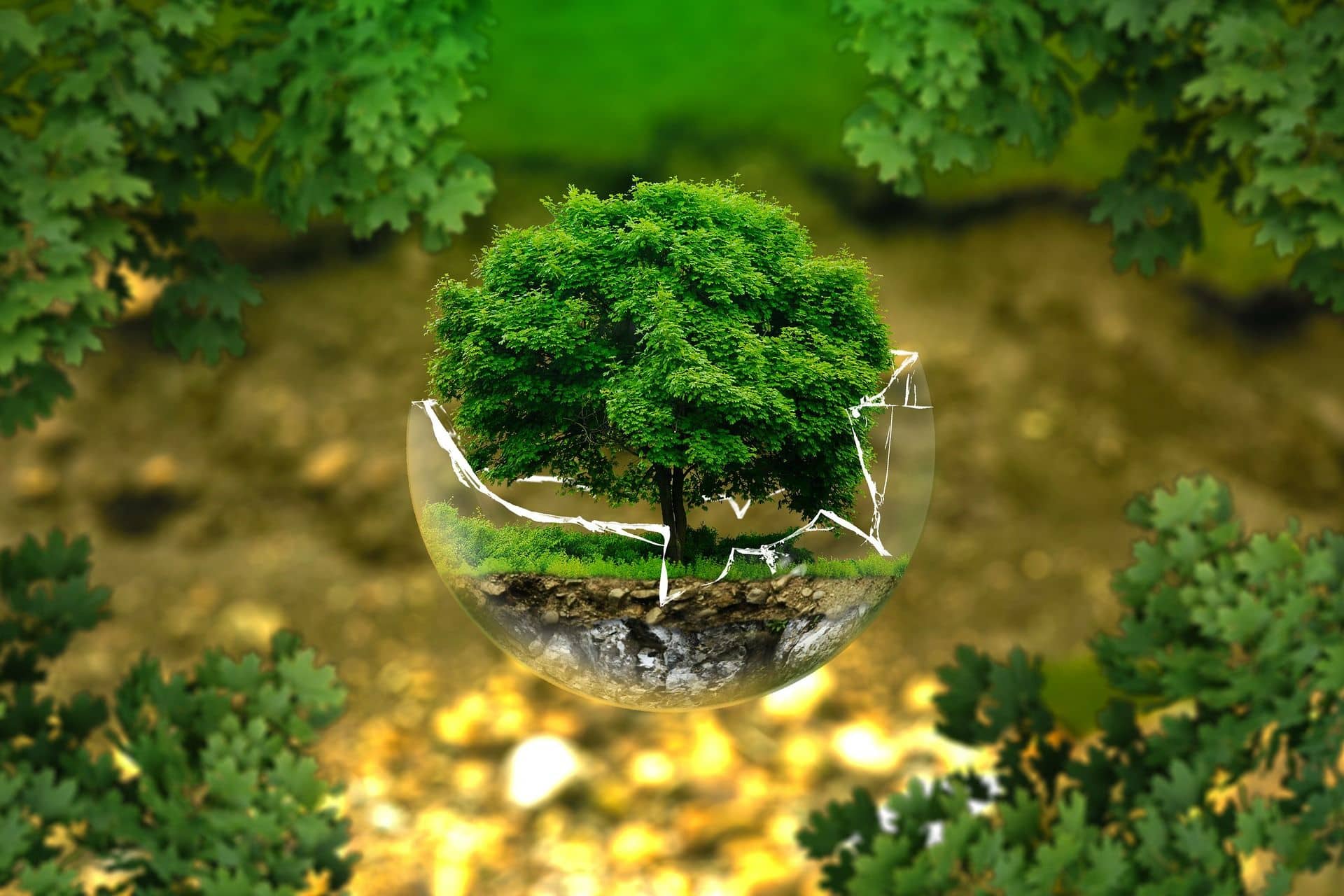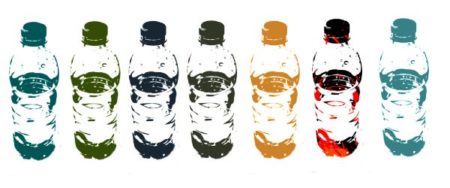
10 Sep Four aspects to consider when choosing the material for our sleeve
Do you know which aspects you must keep in mind when choosing the material for your sleeve? No. Yes. Well today we will show you how we in Rieusset select the material that adapts itself best to what our customers want.
Furthermore, and as a continuation to the earlier post Would you like us to decorate your packaging with a sleeve?, we will also tell you about the main properties of the materials that can be used to make them.
What do we consider when choosing the material?
- Material and shape of the packaging where we will put the sleeve
- How the retraction (or shrink) is going to be done
- Resistance required by the material
- Environmental concerns and recyclability
Why the material of the packaging?
The packaging can be made of glass, metal or plastic and due to the individual characteristics of each one of these, not all sleeve materials may perform correctly.
The more rigid packaging containers dissipate heat and can thus interfere with the shrink of the film, while lighter packaging containers can present stability problems.
And why is the shape of the container important?
Quite simply because the retractile characteristics are not equal for all materials and if the shape of the container requires more or less shrink we have to analyze which material adapts itself better to these requirements.
The shrink process isn’t always the same?
Regrettably or fortunately, no.
Here we must take into consideration the technology to be used for the shrink process and if the container is to enter the shrink process filled or empty, cold or hot.
What resistance must the material have?
The materials that are used to make sleeves, in addition to their individual shrink curve for adapting themselves to a container, have to have properties such as resistance to friction.
Keep in mind that after they are manufactured, the packaging containers may be in contact with each other – for example, during transport – and if they are not resistant to friction they would arrive at their destiny in bad condition.
It is also possible that the material may need to have an additional property such as resistance to light. If the product is sensitive to the effects of light and the container itself does not confer this protection, the sleeve can provide a certain amount of protection.
Environmental concerns? Recyclability?
The same as with other areas of flexible packaging and labels, in the case of sleeves there are also materials that are better regarded than others from an environmental point of view – we could classify PVC as bad because of its manufacturing process as well as its uses – or from the point of view of recyclability, although here we have to say that there still isn’t any good news, or at least there is very little good news.
Types of film and characteristics
These are the films we can find on the market:
- PVC (polyvinyl chloride)
- PET (polyester or polyethylene terephthalate)
- OPS (polystyrene)
- PO (polyolefin)
- Hybrids
PVC is a material that is easy to process and which has a good shrinkage curve (between 55% and 65%) in addition to a medium resistance to friction (better than OPS but not as good as PET). If the packaging is compressible, a sleeve made out of PVC would wrinkle, so attention must be paid to this characteristic. It is also important to know that the natural contraction of OPS is good, which allows it to be handled easily during production as well as during storage, as long as temperatures are not excessively high.
PET is usually referred to as just this, but it would be more correct to call it PETg since it is in reality a glycol-modified PET (polyethylene terephthalate glycol-modified). Of all materials, this is the one with the best shrinkage grade (higher than 75%), wherefore it is probably the material that best adapts itself to packaging with “strange” shapes or with many shrinkage differences. It is a material that is easy to work with, especially for glass and metal packaging. When used with plastic packaging containers it is better to apply it once the container is filled. A negative aspect is that it is a material with a tendency to generate the “smile effect” which distorts the application of the sleeve at the bottom.
It is interesting to point out that the version of opaque white PETg is a sleeve that is gaining popularity. Although its principal characteristic would be protection from light (it can reach values of between 70% and 80%), it is sold a lot for marketing reasons. In those cases where higher protection is needed, there are versions of this material where the inner surface is either black or is printed in black, reaching 99%.
OPS is a material that is gaining enthusiasts due to its good properties, but in order to work with it certain particularities must be kept in mind. It is difficult to print, especially when using rotogravure, and it is susceptible to contracting at slight temperature increases. On the other hand, it has good shrinkage that can reach 65%, and above all, it is a material that adapts itself well to empty packaging containers, adjusting itself very well when the container expands upon being filled. It is not a material that offers good resistance to friction, wherefore it is not recommendable for packaging containers that need to be transported over long distances.
PO is a combination of PE and PP, and its main advantage is that it is a material that can be separated from the packaging container, usually made out of PET, thus allowing these to be used a second time. It is a good material with regard to wrinkling as well as relaxing, in this aspect similar to OPS.
Finally, we have hybrid materials that have a central OPS layer and two outside PET layers. This allows combining the good properties of OPS and of PET in a single material. The shrinkage of this material is between 65% and 70%.
Are you up to choosing the material you need for your sleeve? Surely you are. And if you aren’t, don’t hesitate to ask us. We will be delighted to advise you.
| We Manufacture: | Meet Rieusset: |





